Construction work is essentially complete at ANOVA UCity Square, a 463-unit mixed-use development located at 3700 Lancaster Avenue in University City, West Philadelphia. Designed by Lessard Design and developed by GMH Capital Partners and Wexford Science and Technology, the building stands six stories tall, with retail space along Lancaster Avenue and apartments above. The building is a part of the greater uCity Square megadevelopment, which is set to become one of the most major office and laboratory hubs in the city. A total of 157 parking spaces are also included within the project.
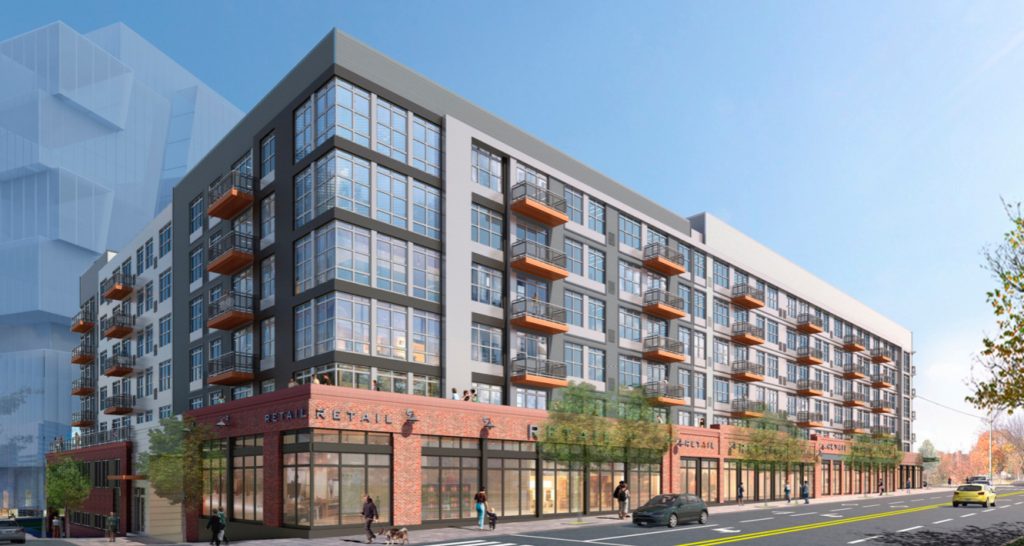
Rendering of 3700 Lancaster Avenue via the civic design review.
The building features a modern exterior, with brick on the ground floor making for a pleasant street presence. The upper floors are clad in different variations of gray cladding, ranging from light to dark shades and varying between smooth and corrugated surfaces. Large windows and balconies throughout the exterior also improve the appearance of facade.
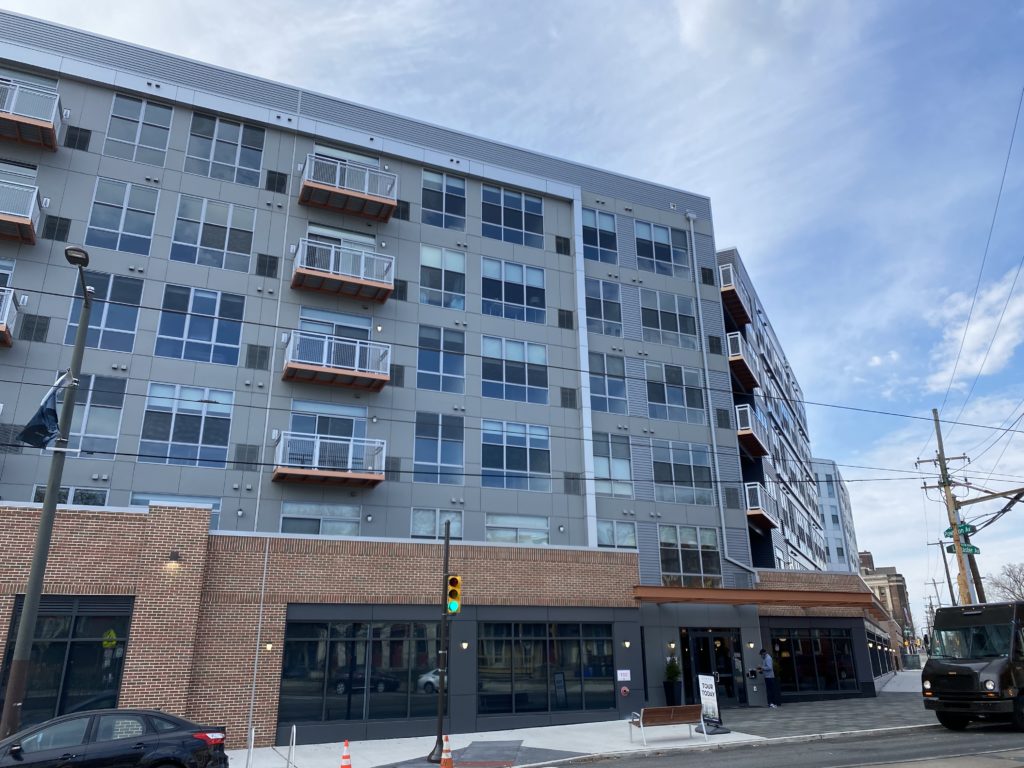
Current view of 3700 Lancaster Avenue. Credit: Colin LeStourgeon.
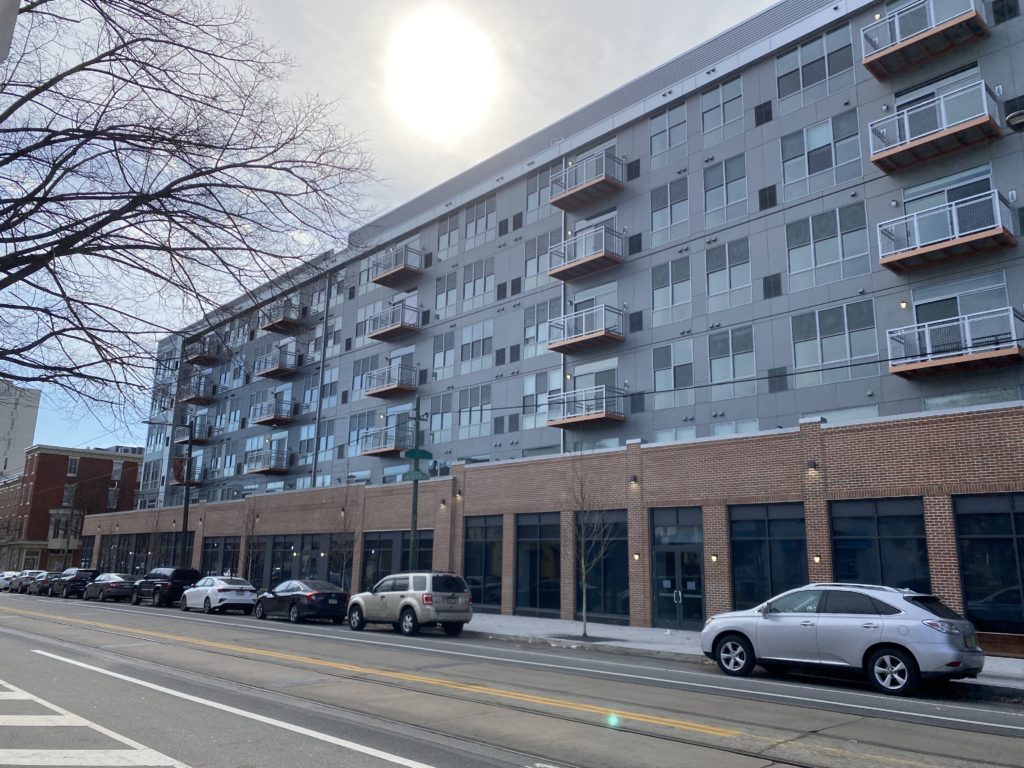

Current view of 3700 Lancaster Avenue. Credit: Colin LeStourgeon.
The new building came out as renderings suggested, with attractive brickwork and street trees shaping up in reality to a pleasant effect. Gray cladding on the upper floors also came out nicely.
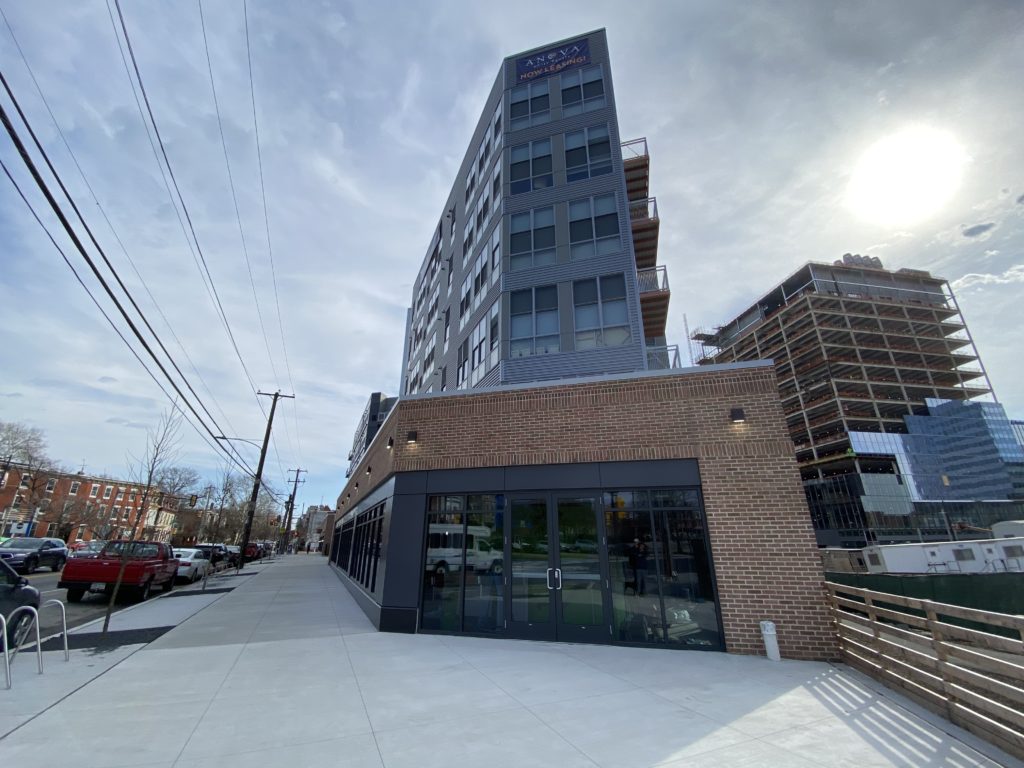
Current view of 3700 Lancaster Avenue. Credit: Colin LeStourgeon.
The building’s sidewalk-aligned street wall and massing also improve the location, most especially along Lancaster Avenue, which is rapidly becoming a major commercial corridor. The high density of the project is something that will hopefully be replicated further throughout the surrounding area.
The structure is a major improvement for the site, adding hundreds of residential units on a site that formerly housed none. This massive density increase will be great for the surrounding businesses, as well as for providing 24/7 life at uCity Square. Given the explosive growth that University City has been seeing as of late, the major boost to the housing market is certainly a welcome addition. Hopefully, more projects of this scale and density will be added throughout this section of West Philadelphia moving forward.
In time, the retail space should be filled, especially considering the influx of residents. Once this happens, the building’s contribution to the neighborhood will reach its maximum potential, and will encourage further development along Lancaster Avenue.
Overall, the project turned out very well, and is certainly a welcome addition to West Philadelphia.
Subscribe to YIMBY’s daily e-mail
Follow YIMBYgram for real-time photo updates
Like YIMBY on Facebook
Follow YIMBY’s Twitter for the latest in YIMBYnews


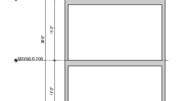
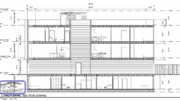
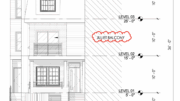
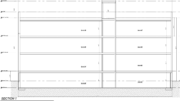
Are your hiring for custodian or janitor s.
Lancaster Ave has always been the biggest commercial district in what eventually became West Philadelphia. This is because it was William Penn’s “ye great road” to the interior, founding Lancaster as the first significant inland town. From his middle and upper ferries the Lancaster road linked up with the original native trails crossing the schul-kill at the faire mount and east falls, more or less following them all the way to the Shenandoah Valley and eventually existing as far as Georgia as “ye great Philadelphia road”–the only way “Conestoga” Wagons could get behind the Blue Ridge. Penn’s road crossing of the earlier haver-ford (of the Cobbs Creek) road created a natural market on most of Lancaster here which is partially still there as the busiest Avenue in West Philadelphia. Lancaster road’s exstention was supplemented by a Kings Highway military road built by General Forbes and Lt Washington branching off the original in York County for over the mountains. Franklin’s military Wagon Train, also breaking the dominant power of the pacifist Quakers would scare the French out of Pittsburg–so we speak predominantly English across America. This new main road to the Ohio eventually became a series of Turn-pike maintained roads with the nation’s 1st here. This continued the West End markets that dominated and built up Lancaster Ave as a natural market and the last stop for frontier goods for the fastest growing city in the colonies. After the Pa Main-Line of canal portage RRs, the old pike was was eventually thrown open here by streetcar revenues to 52nd St and later became part of the nation’s 1st paved transcontinental road route, the Lincoln Highway.